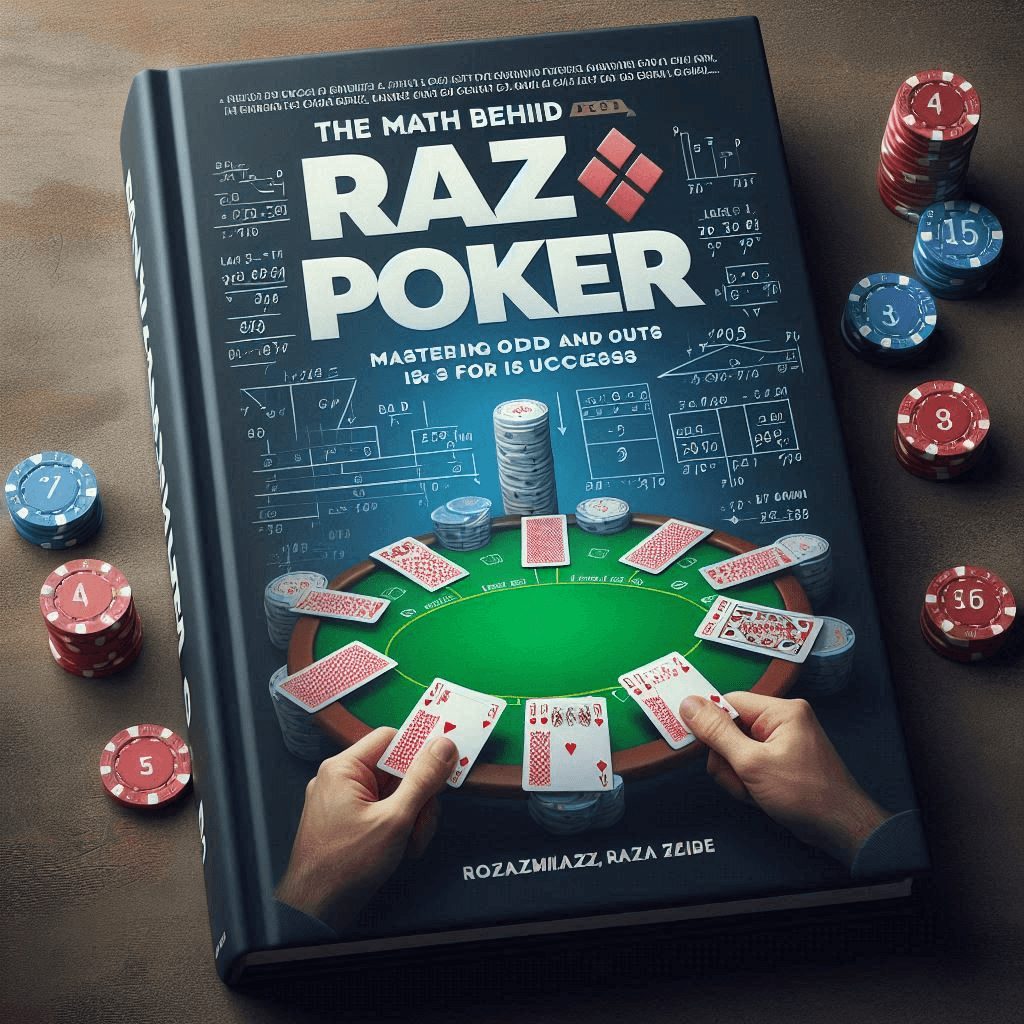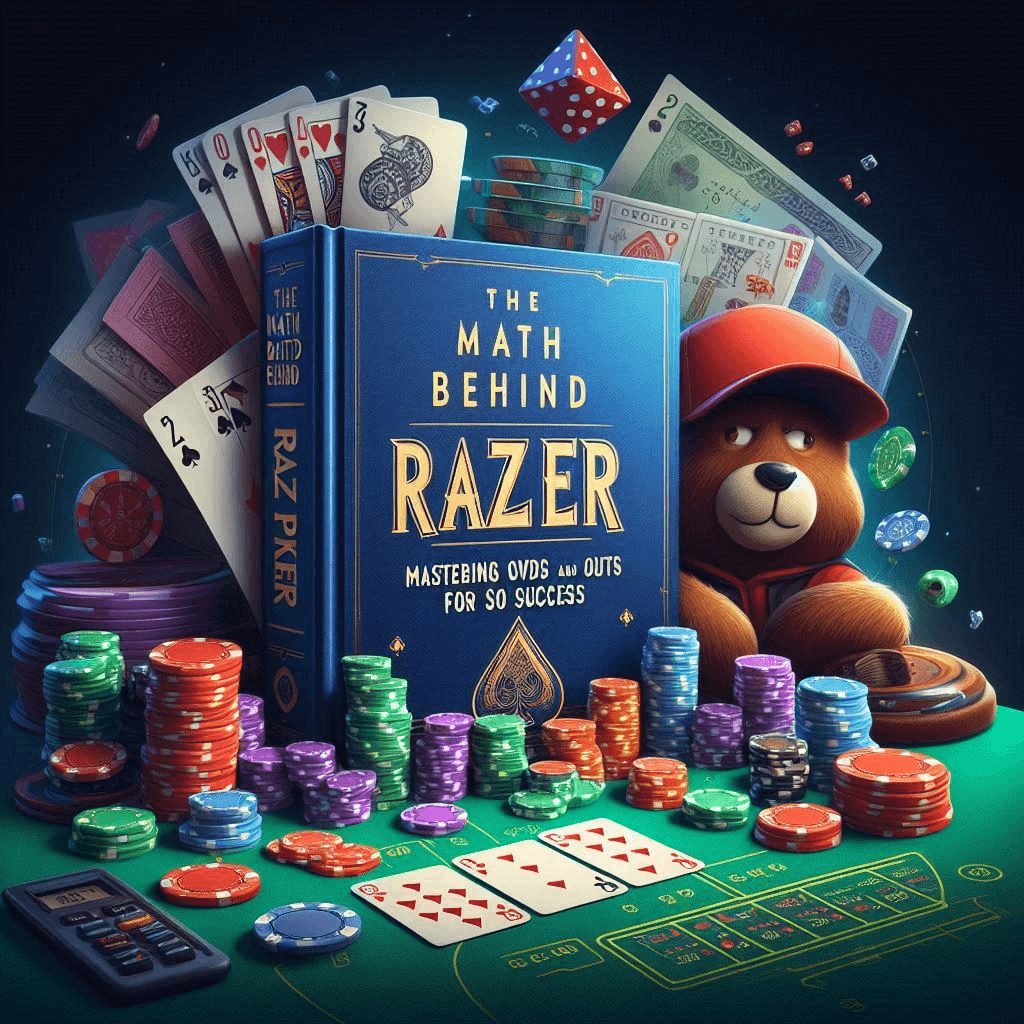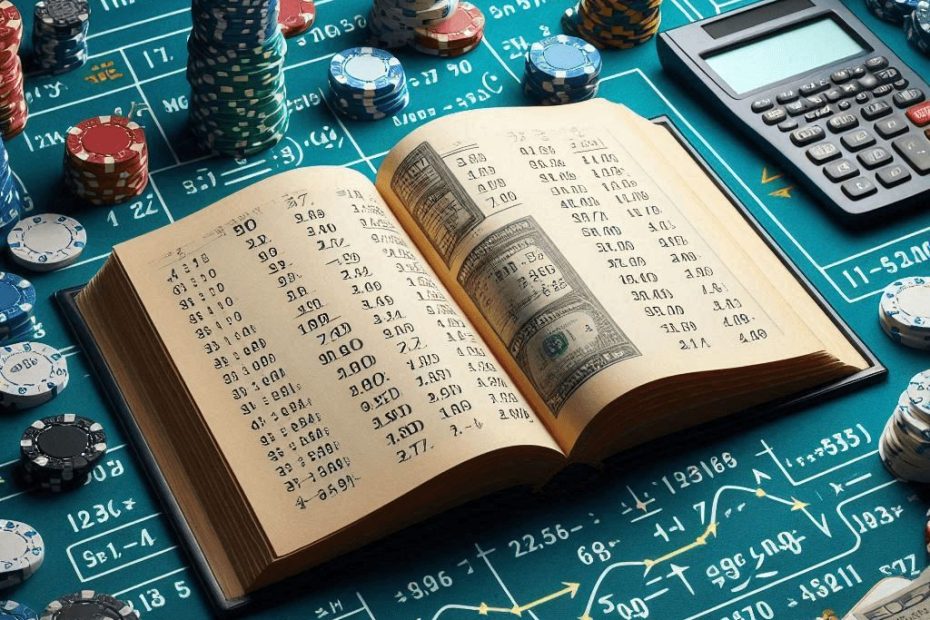Razz poker, a variant of Seven Card Stud, is a unique game where the goal is to make the lowest possible five-card hand. Unlike traditional poker games that focus on high hands, Razz requires players to think differently about their strategies, particularly regarding odds and outs. This article will explore the mathematical concepts behind Razz poker, helping players enhance their understanding and improve their chances of success.
Understanding Razz Poker
Basic Rules of Razz Poker
Before delving into the math, it’s essential to understand the fundamentals of Razz.
- Hand Rankings: In Razz poker, the best possible hand is A-2-3-4-5. Straights and flushes do not affect the rankings; only the lowest high card counts.
- Gameplay Structure: Razz poker is played with a fixed betting structure, and each player receives seven cards throughout the game—three face-down and four face-up.
- Objective: Players aim to form the lowest five-card hand from the seven cards they receive.
The Importance of Odds in Razz Poker
What Are Odds?
In poker, odds represent the ratio of favorable outcomes to unfavorable outcomes. Understanding odds enables players to make informed decisions regarding betting, calling, or folding.
Calculating Odds
To calculate the odds of completing a winning hand in Razz poker, players must consider both the cards they hold and the cards that remain unseen.
Example Calculation
- Outs: The term “outs” refers to the cards that can improve your hand. For example, if you have A-2-3 and are looking for a 4 or 5 to complete a low hand, you have plenty of outs.
- Total Outs Calculation: If you’re holding three low cards, there are ten cards that can help you (the remaining cards in the deck).
- Odds Calculation: With 52 cards in the deck and three visible cards, if you are looking for one specific card:
- Odds of hitting that card on the next draw = Number of outs remaining / Total unseen cards.
Pot Odds
Pot odds are the ratio of the current size of the pot to the size of the bet you must call. Players use pot odds to determine whether a call is profitable based on their odds of winning.
Example of Pot Odds Calculation
- Pot Size: If the pot is $100 and your opponent bets $20, the total pot now is $120.
- Your Call: You need to call $20 to potentially win $120.
- Pot Odds: Pot odds = $120 (pot) / $20 (your bet) = 6:1.
If your chances of winning are better than 6:1 based on your outs, it’s a profitable call.


Outs: Understanding Your Winning Cards
Identifying Outs
Identifying your outs is crucial for making informed decisions. This involves knowing how many cards can help you improve your hand.
Example of Identifying Outs
If you have A-2-3 and need a 4 or 5 to make a low hand, you should:
- Count the remaining 4s and 5s in the deck.
- Consider the cards visible to you and your opponents to narrow down your outs.
Counting Outs Effectively
- Visible Cards: Keep track of all visible cards (your own and opponents’).
- Deck Composition: With 52 cards in total, subtract the cards you can see from the total to determine how many outs you have.
Applying Odds and Outs in Decision-Making
Making Informed Bets
Understanding your odds and outs helps you decide when to bet, call, or fold. The key is to always compare your pot odds to your chances of hitting your outs.
Example Scenario
- Your Hand: You have A-2-3, and you’re looking for a 4.
- Visible Cards: Four cards are showing: two low cards and two high cards.
- Your Pot Odds: The pot is $100, and your opponent bets $20, making the pot $120.
- Your Chances: If you estimate you have 4 outs (four cards remaining that can help you) and there are 47 unseen cards, your odds of hitting your card on the next draw are approximately 11.75% (4 outs / 47 unseen cards).
Concluding Decisions
- If pot odds are favorable compared to your outs: You should call.
- If pot odds are unfavorable: Consider folding or betting less.
Advanced Strategies: Combining Math with Psychology
Reading Opponents
While math is crucial in Razz poker, understanding your opponents’ tendencies and betting patterns can give you an edge.
Identifying Patterns
- Pay attention to how your opponents react to different board conditions.
- Observe their betting amounts and frequencies to gauge their hand strength.
Bluffing in Razz Poker
Bluffing can be a powerful tool in Razz poker, particularly when combined with a solid understanding of odds.
When to Bluff
- Bluff when the board presents a strong potential low hand.
- Use your knowledge of pot odds to make your bluffs believable.
The Role of Position in Razz
Importance of Position
Position plays a significant role in Razz, influencing your decision-making process and the effectiveness of your strategies.
Early vs. Late Position
- Early Position: You have less information about opponents’ hands. It’s often better to play conservatively.
- Late Position: You can observe how opponents react before making your decision, allowing for more aggressive plays.
Conclusion
Mastering the math behind Razz poker is key to achieving success in this unique variant. Understanding odds, outs, and the interplay between these concepts enables players to make informed decisions that can significantly influence their results. By combining mathematical knowledge with psychological insights and strategic positioning, players can enhance their Razz game and improve their chances of winning.
FAQs
-
What is the best starting hand in Razz?
The best starting hand in Razz is A-2-3, as it provides the best potential for the lowest hand.
-
How do I calculate my outs in Razz?
To calculate your outs, identify the cards that can improve your hand, subtract visible cards from the total deck, and count the remaining cards that can help you.
-
What are pot odds, and how do they affect my decision-making?
Pot odds represent the ratio of the size of the pot to the amount you must call. Comparing pot odds to your chances of winning helps you decide whether to call or fold.
-
Is bluffing effective in Razz?
Yes, bluffing can be effective in Razz, especially when you have a strong board and can convince opponents that you have a better hand.
-
How does position impact my strategy in Razz?
Your position at the table influences your strategic decisions. In early position, play conservatively, while in late position, leverage the ability to observe opponents and make more aggressive plays.
